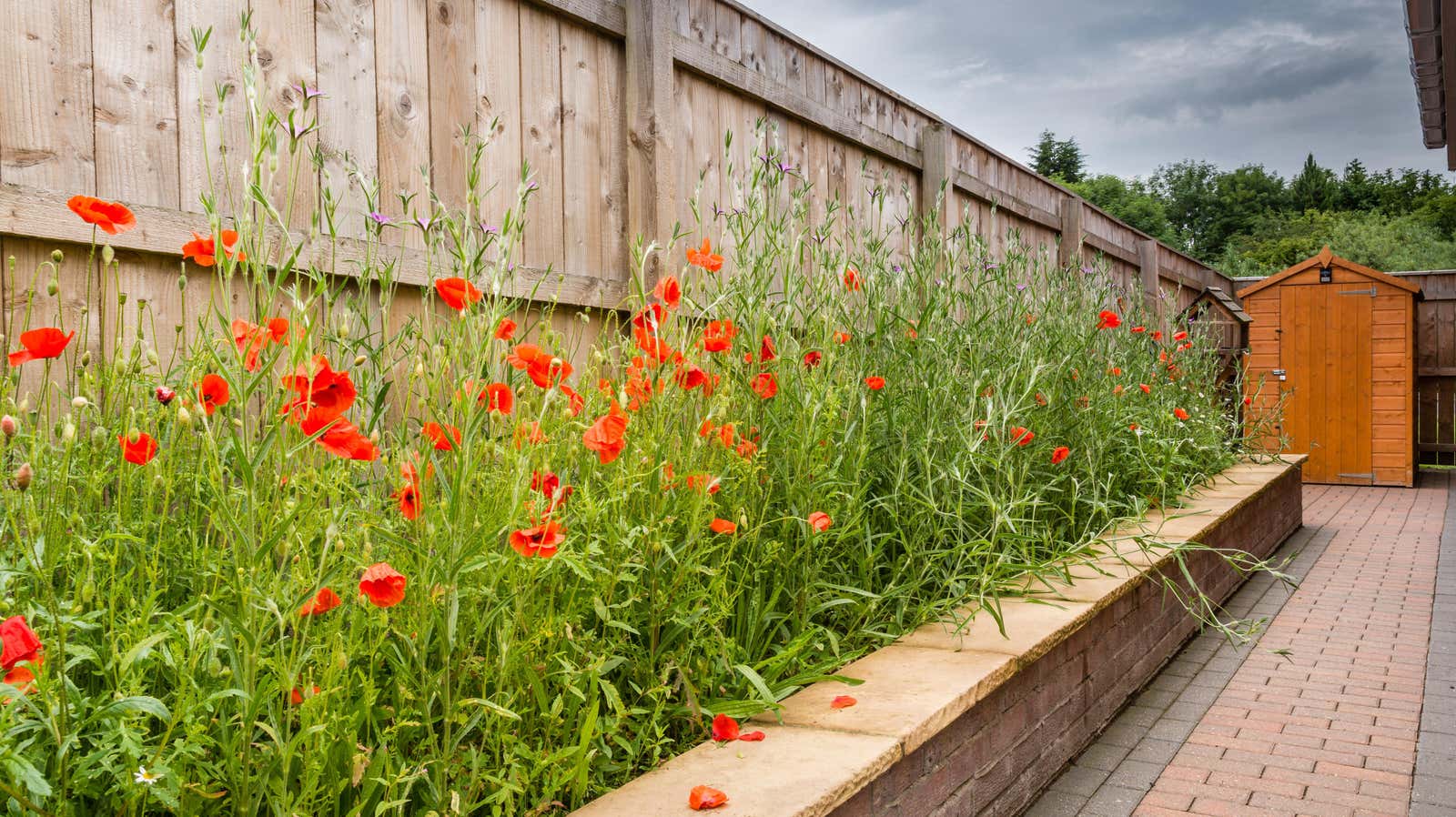How to Grow a Wildflower Garden From Seed (and Why You Should Do It)

Wildflowers bring a lot of color to your garden, and there are more varieties than you might think. And besides being beautiful, wildflowers attract pollinators like bees, butterflies, and hummingbirds, so they’re great for the rest of your garden, as well as local wildlife.
The best thing about growing wildflowers is that if you get local varieties, they tend to be fairly easy and require minimal care once they germinate. Native species are, for the most part, well adapted to the local climate and weather conditions.
Why grow wildflowers from seeds rather than seedlings?
Local wildflowers are sometimes hard to find to start with, although some nurseries have them, but are relatively easy to grow from seed. Starters purchased from nurseries are often made from cuttings rather than grown from seeds, which means they are basically clones. This is not usually a problem for a small garden, but contributing to the genetic diversity of the local flora means you are likely to get a faster germination rate for your seeds and potentially healthier plants. Growing a plant from seed also has an added sense of accomplishment when you watch them grow.
Choose seeds for your climate and conditions
The trick to choosing wildflowers that will work for your yard is to consider the regional weather as well as the conditions of your particular planting site. To find wildflowers adapted to your region, you can search for your climate zone . You can also look at what plants grow in your area, which will give you a good idea of what will be easiest to grow in your climate.
To make sure you’re planting flowers that will bloom in your particular environment, check the packaging for their light, soil, and moisture requirements. Do not plant a shade-loving, mulch-loving plant in full sun in sandy soil.
Prepare Wildflower Seeds for Germination
While there are some types of native wildflower seeds that can be simply raked into the soil and lightly watered, others may require a little more care to start strong.
Some seeds will need to be stratified or stored in a cool place for a period of time before planting. (This basically mimics the winter cold that some plant seeds are adapted to.) There are two ways to do this; one is to plant the seeds in the fall and let the seeds germinate naturally, and the other is to refrigerate the moistened seeds indoors before planting.
Some seeds will require scarification, a process that approximates being wiped out for several years outdoors in the soil without waiting years to germinate. The most common ways to scarify seeds are to soak them for a while in warm water, score the seeds with a knife, or rub the seeds with coarse sandpaper. Be sure to read the package or ask your supplier what type of preparation your seeds may need.
Be sure to keep an eye on interactions with other plants.
Once you have completed all the preparation, the last thing to take into account is the surrounding plant life that your seeds will join. If you have fast-growing invasive plants like creeping ivy, or taller weeds that will shade your wildflower seedlings before they have a chance to fully germinate, you may need to mow or weed a little before planting the seeds.
Conversely, if you’re planning on growing your wildflowers in a specific area, make sure they won’t quickly spread and crowd out other plants. Keep the old adage “one year to sow, seven years to weed” in mind when planning your wildflower garden. Native wildflowers will be adapted to seed in your environment, so make sure you’re ready to bloom for years to come.